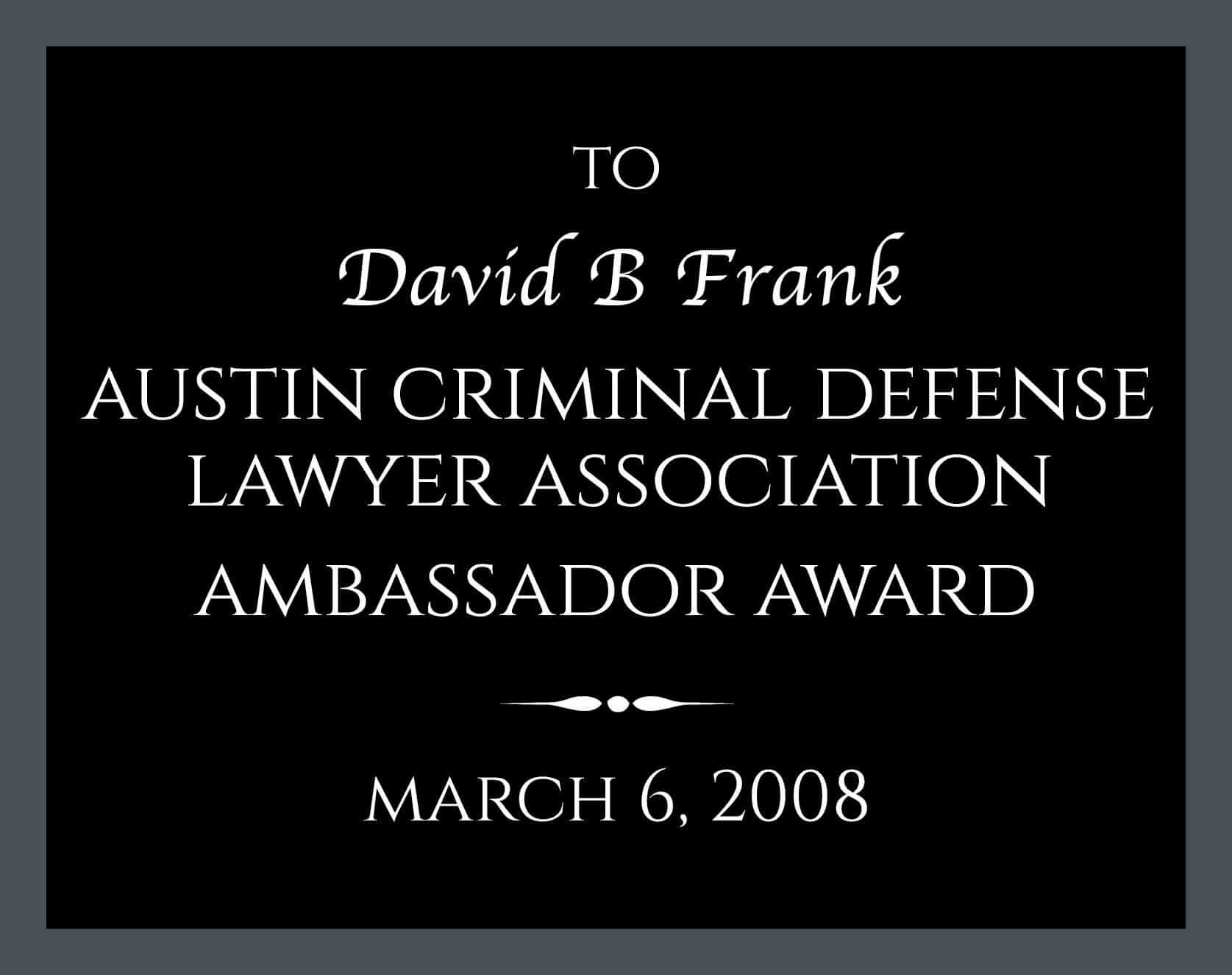Despite the numbers of reported media accounts of Eye Witness Identification leading to false convictions, misidentification is not a defense set out in the Texas Penal Code and Texas law does not authorize a trial court to give a Cross-Racial Eyewitness Identification Instruction to the Jury. Courts are concerned that a written instruction to the jury on misidentification unfairly focuses the jury’s attention on a specific type of evidence that may support an element of an offense or a defense. In such a case, the non-statutory instruction would constitute a prohibited comment on the weight of the evidence.
This month, however, the Court of Appeals of New York decided that upon a request by one of the parties, an instruction on cross-racial eyewitness identification is proper. People v. Boone, 2017 WL 6374286, 2017 N.Y. Slip Op. 08713 (December 14, 2017).
The Court started its opinion with the statement that:
In light of the near consensus among cognitive and social psychologists that people have significantly greater difficulty in accurately identifying members of a different race than in accurately identifying members of their own race, the risk of wrongful convictions involving cross-racial identifications demands a new approach. We hold that when identification is an issue in a criminal case and the identifying witness and defendant appear to be of different races, upon request, a party is entitled to a charge on cross-racial identification.
The Innocence Project, contributed an amicus brief which set out the concerns: 71% of DNA exonerations nationally involve eyewitness misidentification. Social scientists have found that the likelihood of misidentification is higher when an identification is cross-racial. Generally, people have significantly greater difficulty accurately identifying members of other races than members of their own race. According to a meta-analysis of 39 psychological studies of the phenomenon, participants were “1.56 times more likely to falsely identify a novel other-race face when compared with performance on own-race faces”. There is, however, a significant disparity between what the psychological research shows and what uninstructed jurors believe. Research demonstrates that, while the cross-race effect is a matter of common sense and experience for some jurors, it is by no means a universal belief shared by all. The need for a charge on the cross-race effect is evident. The question becomes how this instruction is best given.
The New York Court held that in a case in which a witness’s identification of the defendant is at issue, and the identifying witness and defendant appear to be of different races, courts are required to give, upon request, a jury charge on the cross-race effect, instructing
(1) that the jury should consider whether there is a difference in race between the defendant and the witness who identified the defendant, and
(2) that, if so, the jury should consider:
(a) that some people have greater difficulty in accurately identifying members of a different race than in accurately identifying members of their own race, and
(b) whether the difference in race affected the accuracy of the witness’s identification.
The cross racial eyewitness misidentification instruction would not be required when there is no dispute about the identity of the perpetrator nor would it be obligatory when no party asks for the charge.
As the law strives to catch up with the progress of science, Texas may one day incorporate a similar cross-racial eyewitness misidentification instruction in its jury charges. An instruction on cross-racial identification could significantly assist the jury is evaluating the evidence. It would lead to fewer false convictions while allowing for the prosecution of the guilty.



Leave a Reply